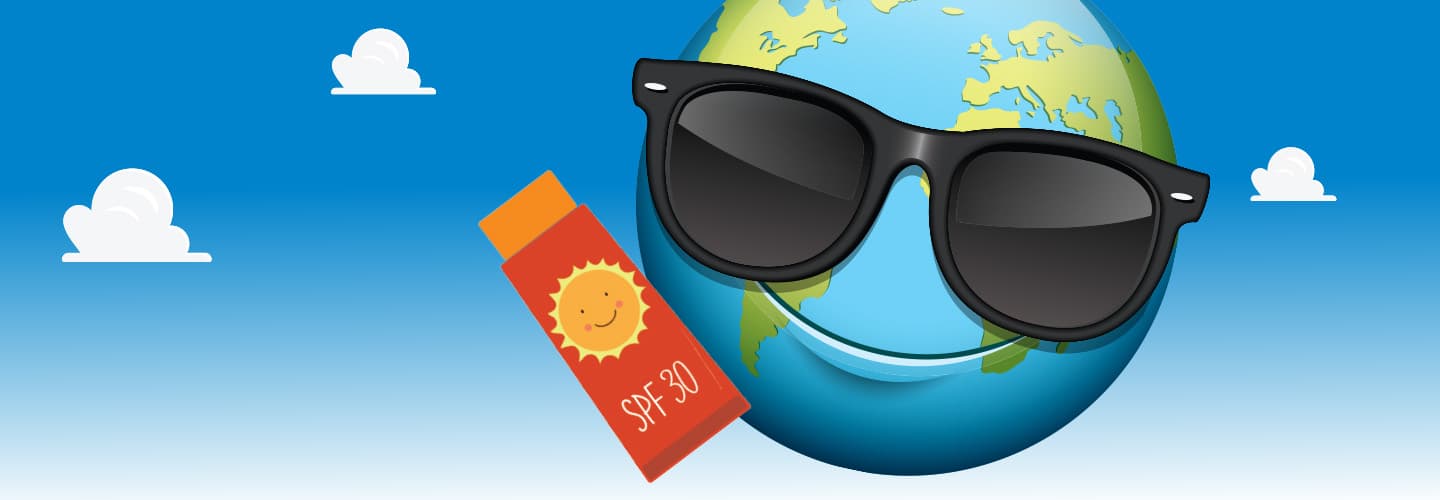Though you can’t see it, a thin layer of Earth’s atmosphere shields the planet from some of the sun’s most harmful rays. Called the ozone layer, this band of gas protects us from ultraviolet (UV) rays. Too much exposure to UV rays can cause sunburn and skin cancer in people and can also harm animals and plants.
“The ozone layer is Earth’s natural sunscreen,” explains Steve Montzka. He’s a scientist at the National Oceanic and Atmospheric Administration.
Scientists discovered a massive hole in the ozone layer above Antarctica in 1985. They determined the hole was caused by human-made chemicals that were used in spray cans and appliances like refrigerators and air conditioners.
In 1987, governments around the world agreed to phase out these chemicals. Scientists say this change has had a major positive impact. A recent report from the United Nations states that the ozone layer is slowly healing. Experts predict that it could be fully recovered within the next 45 years.
This news makes Montzka hopeful that people can address other big environmental issues.
“Human behavior caused the problem,” he explains. “A human response found a way to work toward a solution.”

